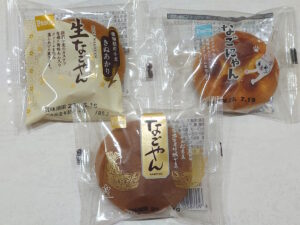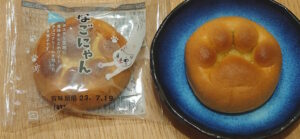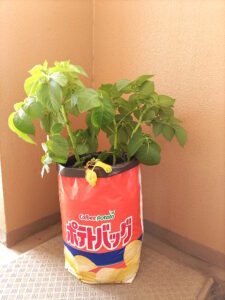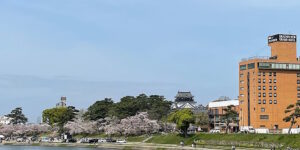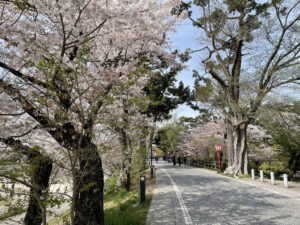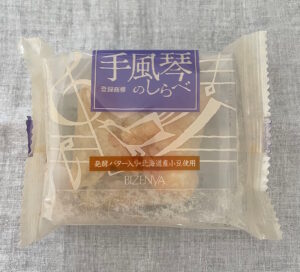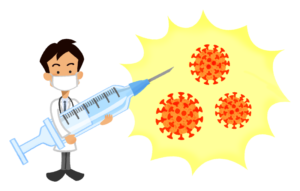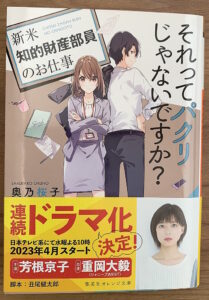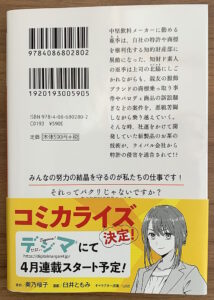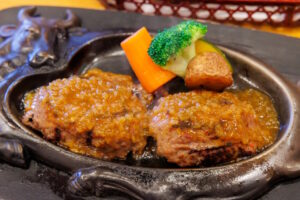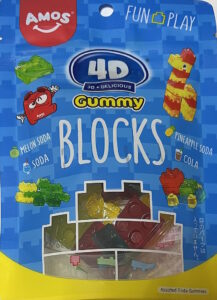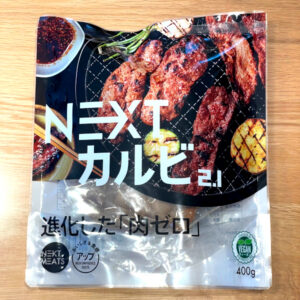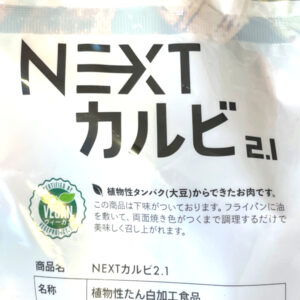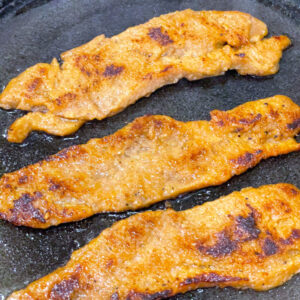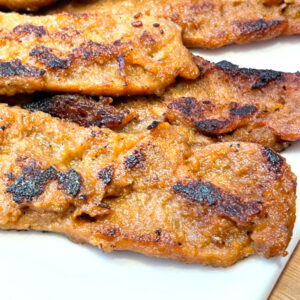The other day, I found “Nagoyan” sold in bulk at a convenience store.
“Nagoyan” is a Japanese confectionery produced and sold by Shikishima Baking Co. It has long been loved as Nagoya’s famous confectionery because of its soft sweetness and moist texture.
It is not uncommon to find them sold at convenience stores and supermarkets, but upon closer inspection, they are labeled “Nago-Nyan”. Nago…nyan?
Since I was so curious, I bought some to try along with “Nagoyan” and “Nama-Nagoyan” (“Nago-Nyan” was sold in some convenience stores in advance).
Unlike the smooth appearance of “Nagoyan,” “Nago-Nyan” is shaped like a paw, and the yolk bean paste contains white chocolate cream, which is not included in “Nagoyan.
Changing the name of a well-known product slightly is a very interesting idea, as well as attracting more attention. (Syszo)
“Nago-Nyan” has been on sale from June 1 in the Kanto to Kyushu regions.
https://www.pasconet.co.jp/release/1949/ (Japanese only)
“Nagoyan” and “Nama-Nagoyan” are registered trademarks. “Nago-Nyan” is a pending trademark registration.
Nagoyan (public gazette)
https://www.j-platpat.inpit.go.jp/c1800/TR/JP-2000-110921/AB1CC1E929A0482E7F4F84C55BD38FA4A96910E21641D91C785356518457BE83/40/ja
Nama-Nagoyan (public gazette)
https://www.j-platpat.inpit.go.jp/c1800/TR/JP-2020-016451/35B80F48ED38733ABD7198B5BD9713ACB7223990032D8A76BD0AF34DBA31F355/40/ja
Nago-Nyan (public gazette)
https://www.j-platpat.inpit.go.jp/c1800/TR/JP-2023-016361/3296718F6A9701BD7F9BF42E60DEE780CC78CDF17D94E47269F9E70954C4C10A/40/ja
